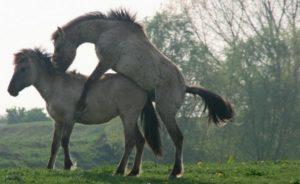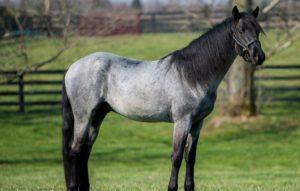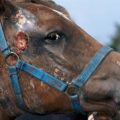Epizootology and symptoms of glanders in horses, methods of treatment and prevention
Horses, donkeys, mules and other animals belonging to the order of equids are susceptible to severe infectious diseases. Sap is a disease that is triggered by gram-negative bacteria and is transmitted from infected animals to healthy animals and humans. The risk of death after glanders is diagnosed in horses is high. Today, the disease is most often recorded in Asian countries.
Description of the disease and its historical background
The infection was described in detail in the second half of the 19th century. Leffler isolated a pathogenic bacterium from the contents of skin lesions on the croup of an animal. A few years later, Russian veterinarians developed a method for diagnosing glanders in horses, which made it possible to start anti-sap control. Veterinarians have developed a mallein test. This method remains the most informative so far.
An outbreak of the disease in Russia was observed in the period from 1917 to 1924. The horse at this time was a valuable working unit: it was in demand in the fields, and was also used to move between settlements. In addition, there was a separate category of army horses, which the soldiers could not do without.
The government has developed a special action plan to prevent and diagnose glanders. During this period, more than 100 thousand animals were destroyed. The complete elimination of glanders in Russia was achieved by 1940.
Causative agent of the disease
The infection is caused by the bacterium Burkholderia mallei, which belongs to the second group of pathogenicity. The microorganism causes massive damage to horses, so it was used as a biological weapon during the 1861 war in America. This pathogen is capable of infecting horses and humans in a short time.
The causative agent is a short rods arranged in the form of bacilli, connected in pairs. They do not have spores or capsules. During the period of existence, they remain absolutely motionless, but they begin to grow when they enter the nutrient medium.
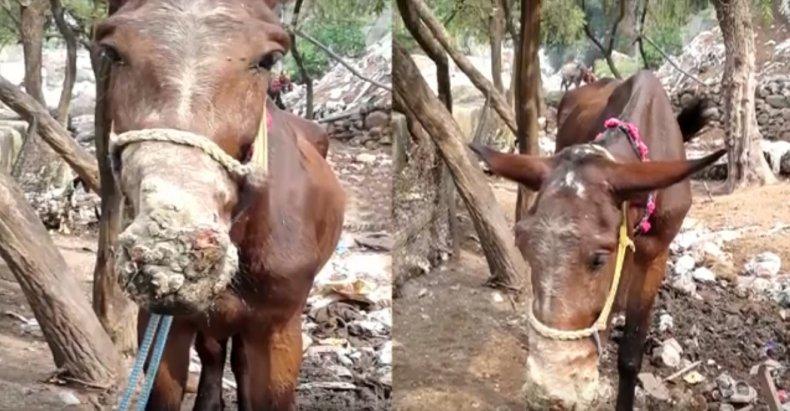
Physicochemical properties of pathogens:
- exist at temperatures from -10 to +55 °;
- resistant to some antibiotics;
- do not withstand long-term treatment with disinfectants.
The bacterium, when it enters the nutrient medium, begins to grow. A dense, brown-brown plaque forms on the infected surface. If a pathogen enters water or soil, then its properties can persist for 2 months. Inside the corpse of an animal, in its excrement, the bacteria exists for 2 to 3 weeks.
Reference! The bacterium dies under the influence of UV radiation, does not withstand heating to temperatures above +80 °.
Symptoms and course of glanders in horses
Epizootology, or mass distribution, begins with contact with an infected animal. Affected horses shed the pathogen with secretions from the nostrils. It is also found in saliva and in the contents of skin lesions over the entire surface of the croup. This means that infection of a healthy horse can occur through a collision with a sick horse through the skin. If the pathogen comes into contact with a microtrauma on the croup of a healthy horse, then infection occurs much faster than when penetrating through the nasal sinuses and respiratory tract.
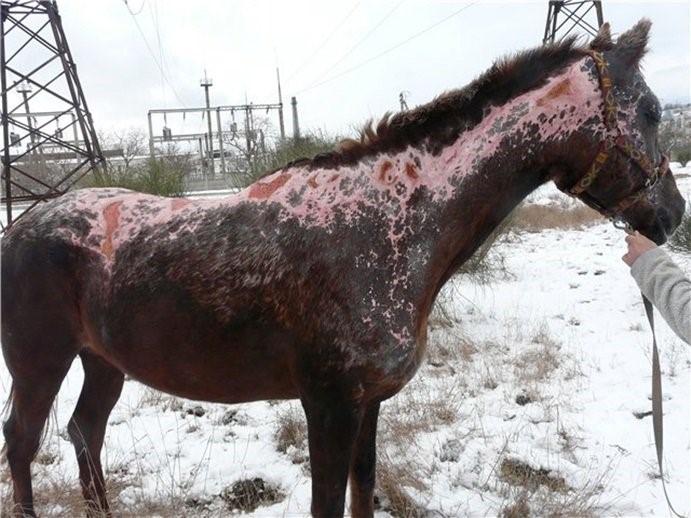
Individuals with chronic glanders are especially dangerous. In the absence of visible signs of the disease, they spread the pathogen around them by dispelling salivary or nasal secretions. These horses can infect a healthy horse with short contact and cause epizootology.
In addition, the transmission takes place during the exchange of equestrian equipment, during feed intake or through manure.
A factor provoking infection is the keeping of animals in cramped stables. But with pasture grazing, the transmission of the pathogen is significantly slowed down. This is due to the high resistance of horses to glanders during grazing and the low ability of the pathogen to spread under the influence of direct sunlight.
After infection, the incubation period begins. It lasts from 3 days to 2 weeks. Then symptoms appear, they determine the type of course of the disease:
- Acute current. It is characterized by a significant increase in body temperature (up to 40-41 °), hyperemia of the mucous membranes. The horse begins to breathe intermittently, becomes weak, lethargic. On the second day, nodules with a red rim appear on the mucous membrane of the nostrils, they quickly merge, forming a continuous strip. The rash begins to undergo necrosis, ulcers with purulent contents form. At the same time, skin lesions develop on the inner thigh, in the neck. The last symptom is elephantiasis or a significant enlargement of the limbs.
- Chronic course. With a chronic disease, the horse's body temperature periodically rises, a cough is observed. Animals are losing weight. Wounds begin to appear on the mucous membrane of the nostrils, which are then healed. Chronic glanders can last for several months or several years. It is detected with a thorough examination, but almost never diagnosed with a superficial examination without taking biological material and clinical research.
- Latent flow. This is a lifelong type of illness that can become acute when the horse's conditions deteriorate. Latent glanders are almost impossible to diagnose without detecting signs of an acute course.
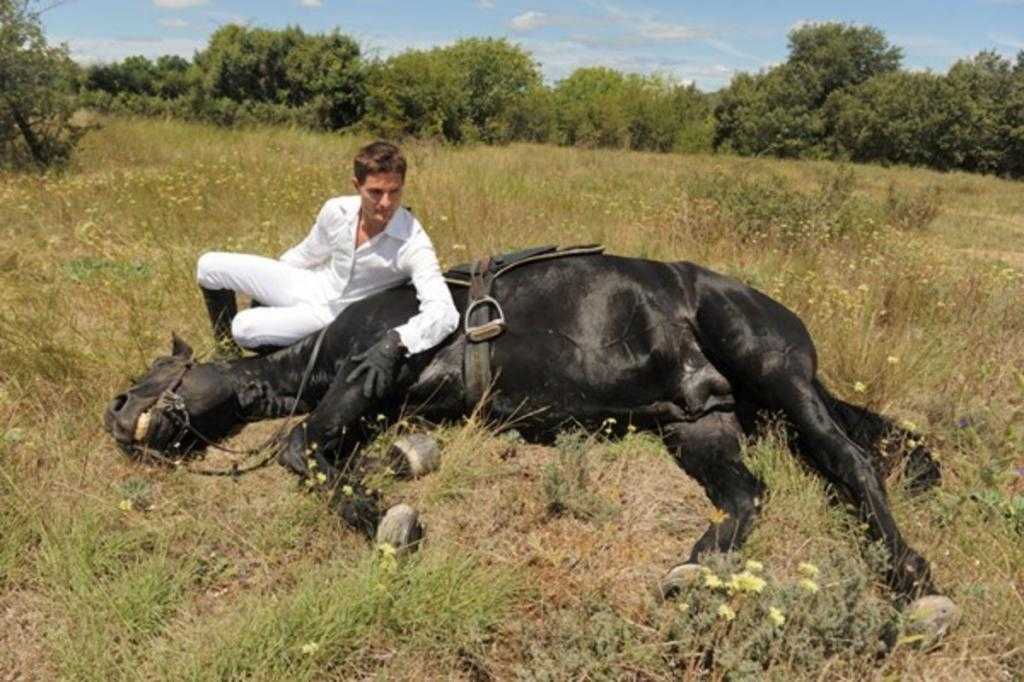
Diagnostic methods
Among the methods for detecting glanders, the most informative is the allergic method. It includes 2 types of sampling of biological material:
- Ophthalmic test. Mallein is placed in the conjunctival sac and the reaction is observed. After 2-3 hours, with a positive reaction, lacrimation begins, the release of pus. If the diagnosis is negative, then a slight reddening of the eye occurs.
- Subcutaneous test. It is carried out if the horse is diagnosed with eye diseases. Maleic injection is injected under the skin. After 6-8 hours, read the reaction. If edema appears at the injection site, body temperature rises (up to 39-40 °), then the sample is considered positive. A negative reaction suggests the absence of edema and fever.
With positive samples, bacteriological studies are carried out. The diagnosis is made subject to the presence of three components:
- detection of changes in internal organs that are characteristic of glanders;
- isolation of a pathogen from biological material;
- the presence of external signs of glanders.

Treatment
Horses suspected of having glanders are kept in quarantine. Until the diagnosis is made, the animals are administered antibiotics of the penicillin or streptomycin group. At the same time, injections with vitamins and formulations are made to improve the quality of blood.
Attention! To prevent infection, horses with a confirmed diagnosis are taken away for slaughter. The corpses of animals are burned without being opened.
Prevention and elimination
The import of horses that meet sanitary veterinary standards is allowed into the country. Once imported, horses are quarantined, where they undergo various diagnostic checks and are also tested for glanders. To prevent infections, measures have been introduced to comply with the mandatory preventive vaccination plan for horses.
If the maleic test gave a positive result, then the measures pre-established by the protocol are carried out for the destruction of the individual and the treatment of the premises:
- the corpse is burned completely away from residential premises or agricultural facilities;
- litter, manure and feed residues are burned together with the corpse;
- the soil after burning is treated with formalin or a solution of bleach;
- the walls of the premises in which the horse was kept are treated with a 20% bleach solution;
- after disinfection, the walls are whitened with slaked lime.
The clothing and footwear of personnel who have worked with infected horses are treated separately. Protective suits are boiled for 15-20 minutes in a 2% soda solution. Gloves, hats, aprons are left in the chloramine solution for 20 minutes.
Boots, galoshes are treated with a solution of chloramine. Personal clothing is kept in a steam-formalin chamber for 10-15 minutes. Transport, which was near the focus of infection, is additionally treated with 1 or 3% chloramine solution.
